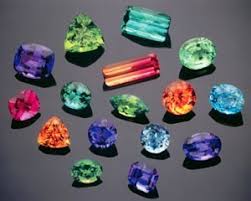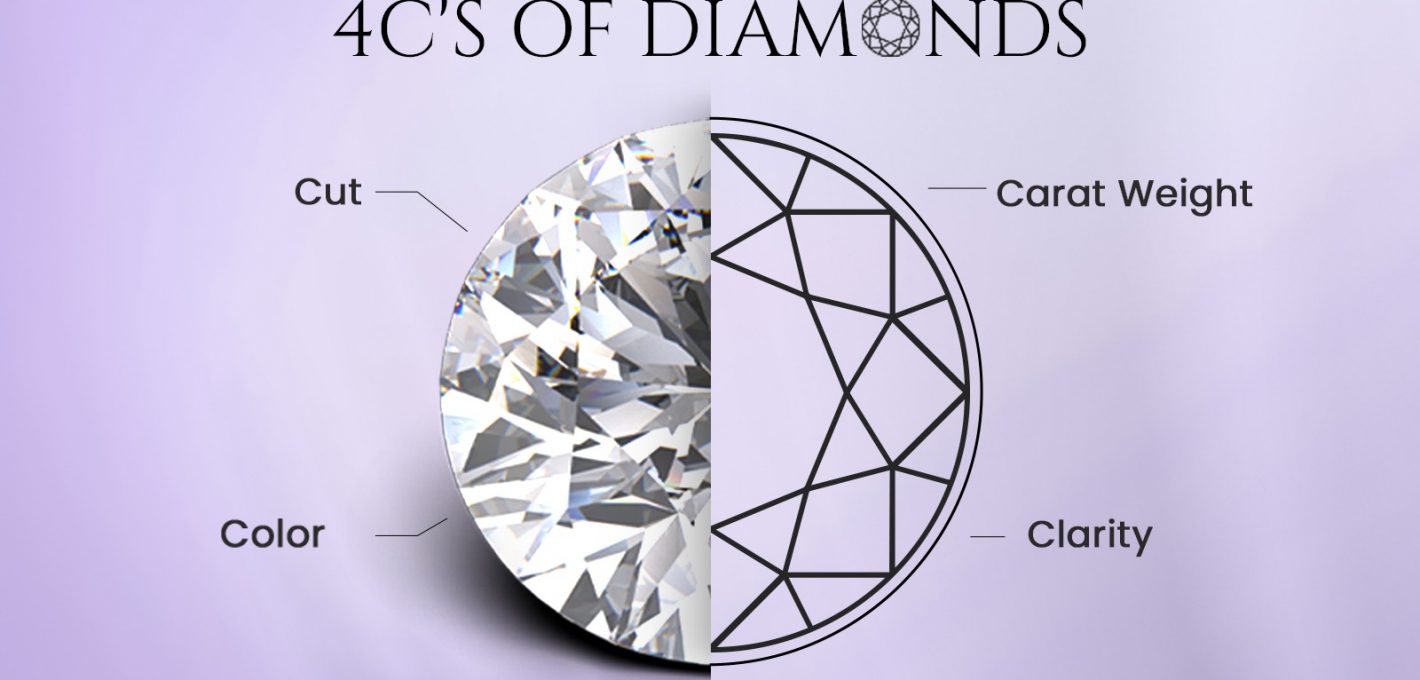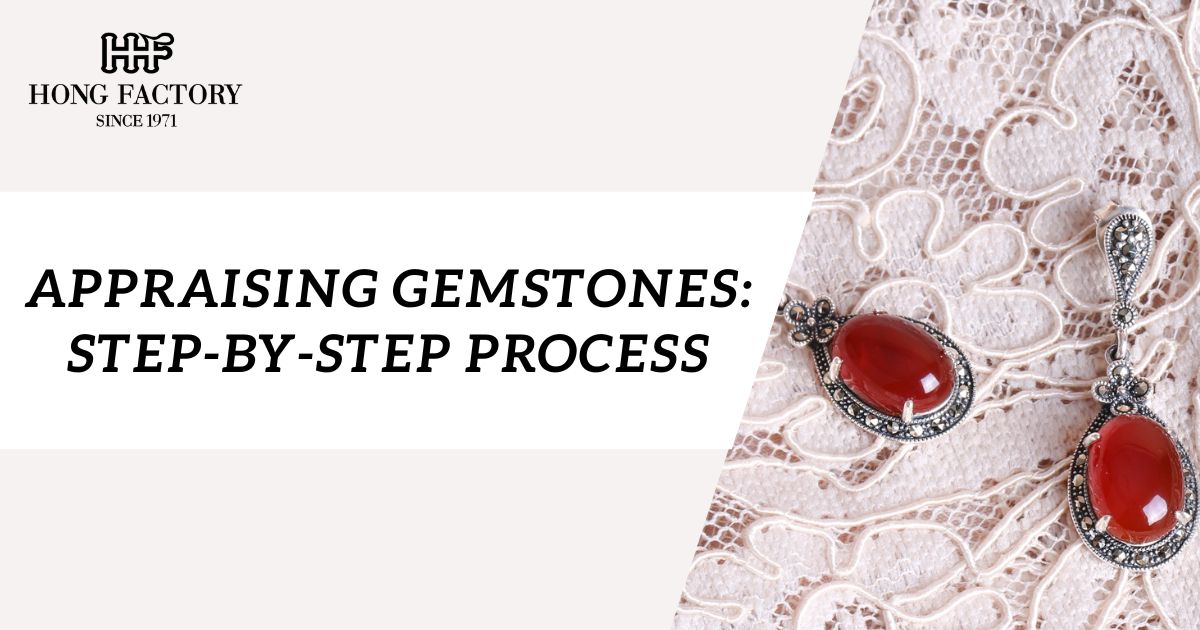Appraising Gemstones
Introduction
The appraisal of gemstones is an essential process that determines their value based on various factors such as quality, rarity, and market demand.
Whether for insurance purposes, resale, or investment, a proper gemstone appraisal requires expertise, precision, and adherence to international gemological standards.
This article provides a comprehensive step-by-step guide to gemstone appraisal, covering key assessment criteria, the role of gemological laboratories, and how appraisals influence market value.
Step 1: Identifying the Gemstone

The first step in gemstone appraisal is accurate identification. This involves determining the type of gemstone, its species, and variety.
- Gemstone Type – Differentiating between natural, synthetic, and imitation gemstones.
- Species and Variety – For example, corundum includes varieties such as ruby and sapphire.
- Gemstone Treatments – Identifying any enhancements like heat treatment, irradiation, or fracture filling that may impact value.
Step 2: Evaluating the 4Cs – Color, Clarity, Cut, and Carat Weight

1. Color
- Color is the most significant factor in determining a gemstone’s value.
- It is assessed based on hue (dominant color), tone (lightness or darkness), and saturation (intensity of color).
- Desirable gemstones exhibit vivid, well-balanced colors with minimal secondary hues.
2. Clarity
- Clarity refers to the presence of inclusions (internal flaws) and blemishes (external flaws).
- Gemstones with fewer inclusions and high transparency are more valuable.
- Some stones, like emeralds, are naturally included and graded differently than diamonds.
3. Cut
- A well-executed cut enhances brilliance and optical performance.
- Common cuts include round, oval, cushion, emerald, and pear.
- Symmetry, proportions, and polish all affect a gemstone’s overall appeal.
4. Carat Weight
- Carat weight determines the size of a gemstone, with larger stones being rarer and more valuable.
- While carat weight impacts value, a smaller, higher-quality gemstone may be worth more than a larger, lower-quality one.
Step 3: Determining Origin and Rarity
- Certain gemstones command higher prices based on their place of origin. For example:
- Burmese rubies and Colombian emeralds are more valuable due to their superior quality.
- Ceylon sapphires are known for their distinct brilliance and lighter blue hues.
- Rarity also plays a role—some gemstones, like alexandrite and Paraiba tourmaline, are extremely scarce and highly valued.
Step 4: Checking for Treatments and Enhancements

- Many gemstones undergo treatments to improve their appearance, but treatments impact value.
- Common treatments include heat treatment (sapphires, rubies), fracture filling (emeralds, diamonds), and irradiation (topaz).
- Disclosure of treatments is necessary for ethical sales and accurate pricing.
Step 5: Evaluating Market Trends and Demand
- The value of gemstones fluctuates based on demand and current market conditions.
- Trends in the fashion industry, auction records, and cultural preferences influence pricing.
- Historical price performance for rare gemstones can indicate future investment potential.
Step 6: Certification and Documentation
- Professional appraisal requires a certificate from a recognized gemological laboratory.
- Reputable labs include:
- Gemological Institute of America (GIA)
- American Gem Society (AGS)
- International Gemological Institute (IGI)
- Swiss Gemmological Institute (SSEF)
- Certification provides details such as gemstone identification, quality grading, and treatment disclosure.
Step 7: Assigning a Final Value
- The final appraised value depends on:
- Quality assessment based on the 4Cs.
- Market trends and comparable sales data.
- Treatment and enhancement disclosures.
- Certification and authenticity verification.
- An appraiser may categorize value into different types:
- Retail Replacement Value (Insurance Appraisal) – Higher than resale value, used for insurance claims.
- Fair Market Value – Price a buyer would reasonably pay in the current market.
- Liquidation Value – The price expected in urgent sales.
A thorough gemstone appraisal requires careful analysis of color, clarity, cut, carat weight, treatments, origin, and market trends. Whether for investment, resale, or insurance purposes, having a certified appraisal ensures transparency, accuracy, and fair valuation.
Buyers and sellers should always seek documentation from reputable gemological institutions to validate gemstone authenticity and worth.



